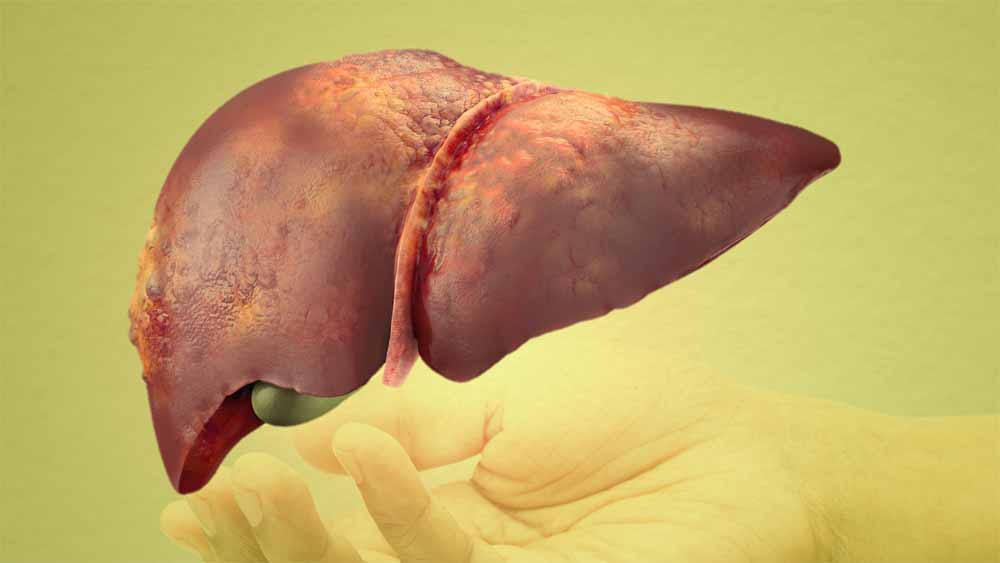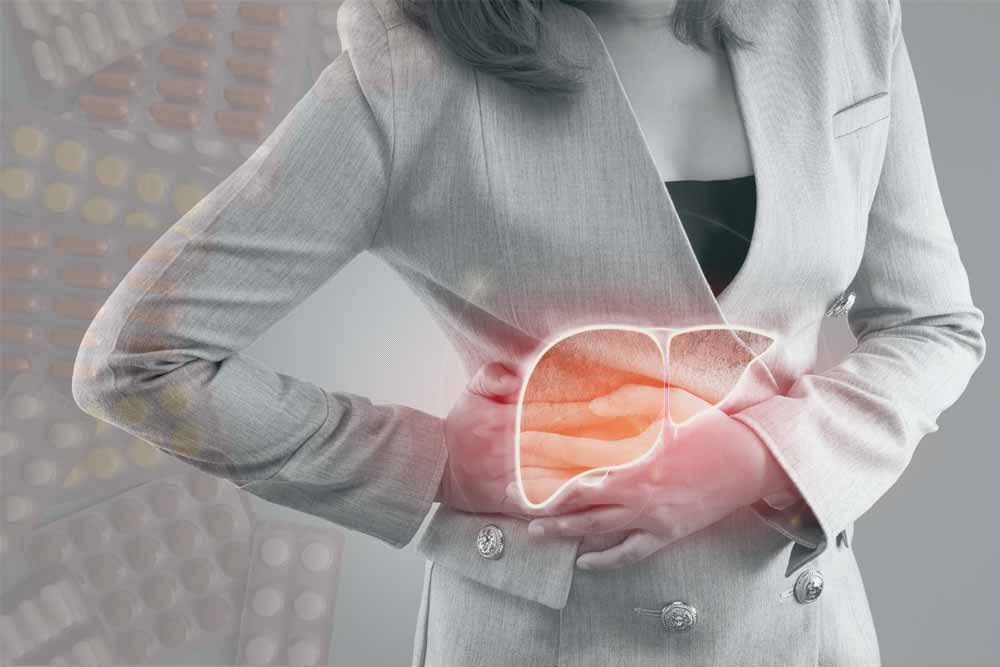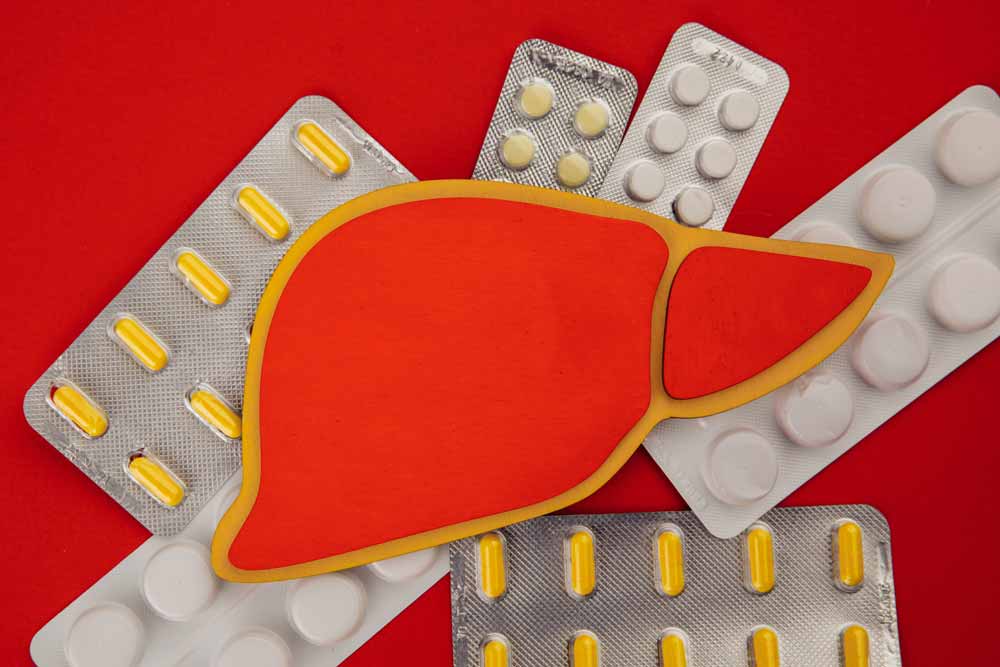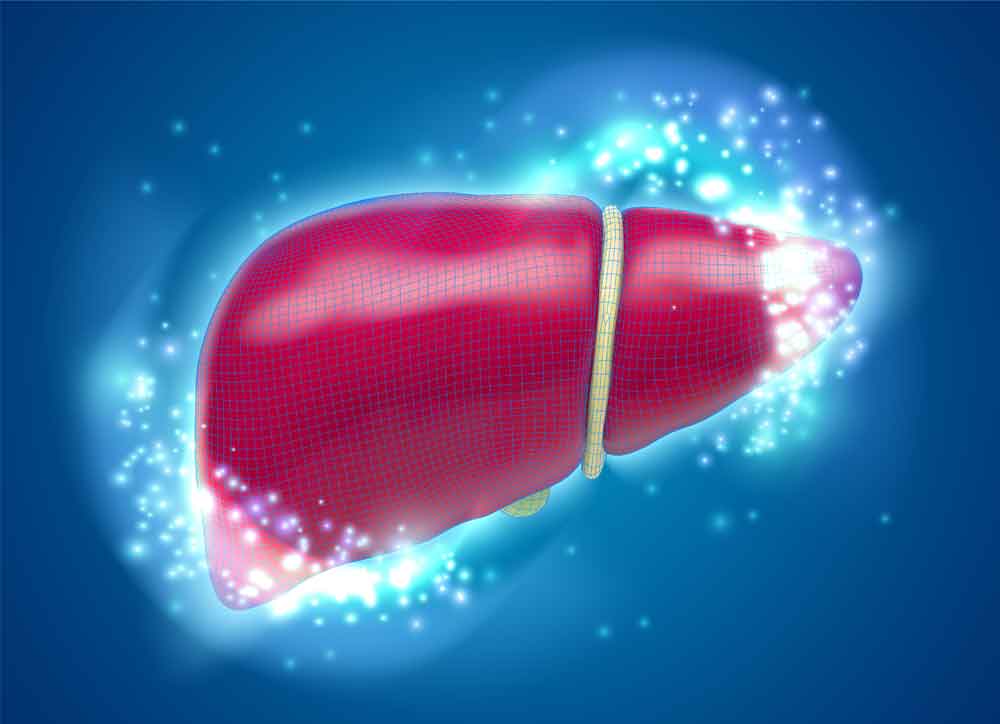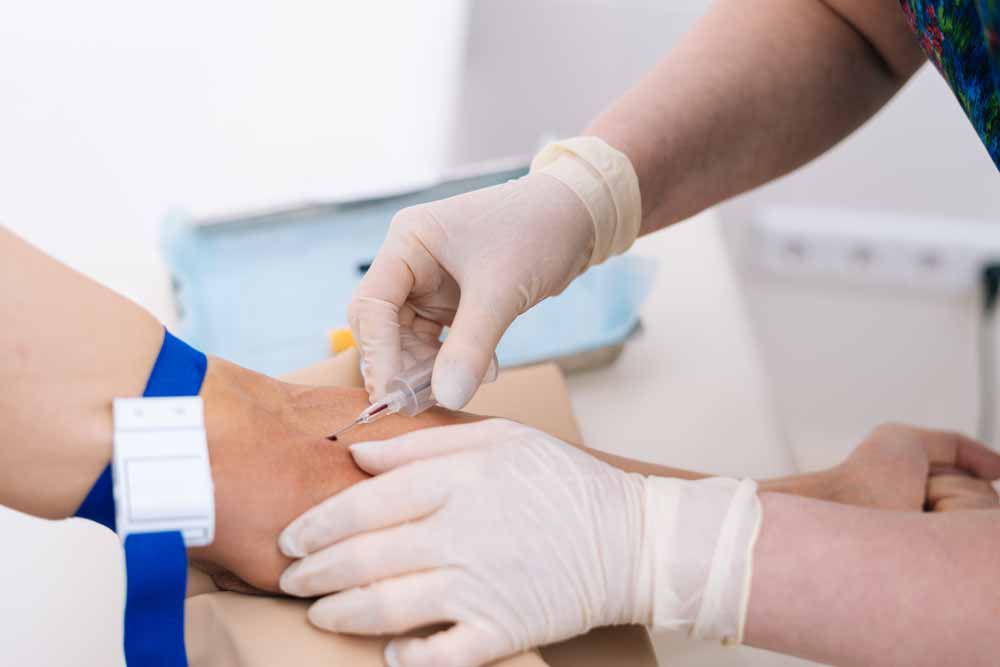R-value for Liver Injury Online calculator

Can be used in patients with suspected drug induced liver injury (DILI) with abnormal liver chemistries.
R-value= (patient’s ALT / upper limit of normal ALT ) / ( patient’s ALP / upper limit of normal ALP )
Note: Normal values may vary by lab.
- R-value calculation allows clinicians to collectively identify and describe the pattern of liver injury in an objective manner.
- R-value calculation allows clinicians suspecting a diagnosis of DILI to formulate an organized diagnostic strategy to rule out other causes of acute liver injury and to narrow the list of possible culprit drugs based on the pattern of liver injury.
- Recommended by guidelines.
Parameters that required for the assessment:
- Patient’s ALT, U/L
- Upper limit of normal ALT According to your lab, U/L
- Patient’s ALP, U/L
- Upper limit of normal ALP According to your lab, U/L
Interpretation:
| R-value range | The type of the liver injury | Conclusion and Advise |
| <2 | Cholestatic pattern of liver injury. | • Pancreatic malignancy, cholangiocarcinoma, primary malignancy of the gallbladder, choledocholithiasis, sepsis, TPN, heart failure, PSC, and PBC should be ruled out as causes • Commonly used drugs that can cause this pattern of liver injury include: amoxicillin/clavulanate, trimethoprim/sulfamethoxazole, azathioprine, and anabolic steroids • Recommend imaging studies (e.g. abdominal ultrasound) |
| 2-5 | Mixed pattern of liver injury. | Recommend acute viral hepatitis serologies, HCV RNA and autoimmune hepatitis serologies, imaging studies (e.g. abdominal ultrasound) |
| >5 | Hepatocellular pattern of liver injury. | • Acute viral hepatitis, ischemic liver injury, Budd-Chiari syndrome, autoimmune hepatitis, and Wilson’s disease (in younger patients) should be ruled out as causes • Commonly used drugs that can cause this pattern of liver injury include: isoniazid, macrolides, nitrofurantoin, minocycline, anti-epileptics, NSAIDs, green tea extract, and inhaled anesthetics • Recommend acute viral hepatitis serologies, HCV RNA and autoimmune hepatitis serologies, imaging studies (e.g. abdominal ultrasound) |
Futher diagnostic approach:
| R Factor | Injury type | Recommended 1st line tests* |
| >5 | Hepatocellular | Acute viral hepatitis serologies, HCV RNA and autoimmune hepatitis serologies, imaging studies (e.g. abdominal ultrasound) |
| 2–5 | Mixed | Acute viral hepatitis serologies, HCV RNA and autoimmune hepatitis serologies, imaging studies (e.g. abdominal ultrasound) |
| <2 | Cholestatic | Imaging studies (e.g. abdominal ultrasound) |
*From Chalasani 2014
The R-value (also known as the R ratio or R factor) was introduced after an international consensus meeting in 1989 aimed at preparing definitions and criteria related to drug related liver injury. At the request of the Council for International Organizations of Medical Sciences (CIOMS), a pilot program led by pharmaceutical company Roussel Uclaf was initiated to help classify different patterns of acute liver injury, introducing the R-value.
The R-value itself has not been validated, but remains commonly used in clinical practice to objectively define different patterns of liver injury. The American College of Gastroenterology (ACG) has incorporated the R-value in its guidelines for diagnosis and management of idiosyncratic drug-induced liver injury.
Recommendations for workup based on R Factor, adapted from Chalasani 2014
- The pattern of acute liver injury (and therefore the R-value) can vary throughout the clinical course of the illness.
- Identifying the pattern of liver injury can guide diagnostic approach to DILI, including appropriate further diagnostic testing necessary to rule out other causes of liver injury.
- Calculating the R-value is the first step in calculating the Roussel Uclaf Causality Assessment Method (RUCAM) when determining if liver injury is related to a specific drug.
- Because the pattern of liver injury can evolve over time, the time point at which liver chemistries are used to calculate the R-value can alter the final result. It is recommended that the initial liver chemistries suggesting liver injury be used, but ultimately left to the clinician to decide what set of liver chemistries to use when making an assessment.
- The use of upper limit of normal (ULN) in the equation creates some room for variability. The ULN varies among different laboratories.
- While not validated, the R-value is widely used and has been incorporated into guideline recommendations for assessing liver injury.
- Though the R Factor does not incorporate coagulopathy (INR) and mental status, these two factors should always be immediately assessed in all cases of acute liver injury to rule out acute liver failure.
Register on our website right now to have access to more learning materials!
Subscribe to our pages:
Literature
- Bénichou C. Criteria of drug-induced liver disorders. Report of an international consensus meeting. J Hepatol. 1990 Sep;11(2):272-6. doi: 10.1016/0168-8278(90)90124-a. PMID: 2254635.
- Chalasani NP, Hayashi PH, Bonkovsky HL, Navarro VJ, Lee WM, Fontana RJ; Practice Parameters Committee of the American College of Gastroenterology. ACG Clinical Guideline: the diagnosis and management of idiosyncratic drug-induced liver injury. Am J Gastroenterol. 2014 Jul;109(7):950-66; quiz 967. doi: 10.1038/ajg.2014.131. Epub 2014 Jun 17. PMID: 24935270.
- Danan G, Teschke R. RUCAM in Drug and Herb Induced Liver Injury: The Update. Int J Mol Sci. 2015;17(1):14. Published 2015 Dec 24. doi:10.3390/ijms17010014
MELD Score (Model For End-Stage Liver Disease) (12 and older): Online calculator
MELD Score stratifies severity of end-stage liver disease, for transplant planning. NB! MELD Score can…
Interactive Checklist of differential diagnoses of DILI and HILI
Differential diagnoses of drug-induced and herb-induced liver disease: Checklist of differential diagnoses of DILI and…
RUCAM scale to estimate the probability of the drug-induced liver injury (DILI) and herb induced liver injury (HILI) online calculator
The RUCAM score (Roussel Uclaf Causality Assessment Method) helps to assess the likelihood of drug-induced…
Child-Pugh Score for Cirrhosis Mortality: online calculator
The Child-Pugh Score can be useful in the prognosis of patients with cirrhosis, but more…
King’s College Criteria for Non- Acetaminophen Toxicity acute hepatic failure
Identification of patients who should be immediately referred for liver transplant. INR > 6.5 (Prothrombin…
King’s College Criteria for Acetaminophen Toxicity
Identification of patients who should be immediately referred for liver transplant. Arterial pH < 7.30:…


